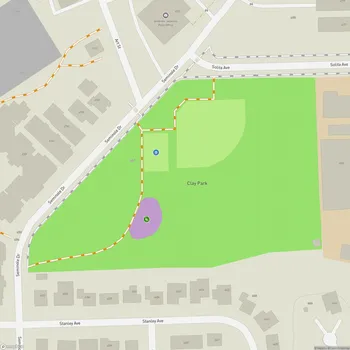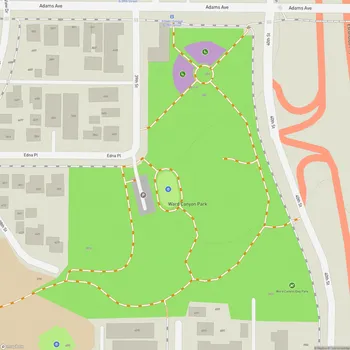Mission Trails Regional Park
Mission Trails Regional Park Map
About Mission Trails Regional Park in San Diego
Mission Trails Regional Park is a vast urban park located in San Diego, California, encompassing over 8,000 acres of both natural and developed recreational areas. Established in 1974, it has become one of the largest urban parks in the United States and is often referred to as the third jewel in the City of San Diego's park system, alongside Balboa Park and Mission Bay Park.
The park is situated just 8 miles northeast of downtown San Diego, offering a quick escape into nature from the urban environment. Its landscape is characterized by rugged hills, valleys, and open areas that represent the San Diego region as it was before European colonization.
Mission Trails Regional Park boasts approximately 60 miles of trails for hiking, mountain biking, and horseback riding. The park's most popular hike leads to the summit of Cowles Mountain, which at 1,592 feet is the highest peak in the city of San Diego, offering panoramic views of the surrounding area.
The park has a rich cultural history. It was originally inhabited by the Kumeyaay people, and later became the site of the Old Mission Dam, built between 1809 and 1815 to provide water for the nearby Mission San Diego de Alcalá. The dam, now a historic landmark, can still be visited in the northeast portion of the park.
At the heart of the park lies the Mission Trails Regional Park Visitor and Interpretive Center, a 14,000-square-foot facility that houses exhibits on the park's geology, history, plant and animal life, and cultural significance. The center also includes a theater, library, and an outdoor amphitheater.
For those interested in overnight stays, the park offers camping facilities at Kumeyaay Lake Campground. Additionally, visitors can enjoy activities such as fishing and boating on Lake Murray, which is part of the park.
Mission Trails Regional Park serves as an important ecological preserve, protecting a variety of plant and animal species native to the Southern California region. It provides opportunities for education, recreation, and the appreciation of nature, all within close proximity to a major urban center.




